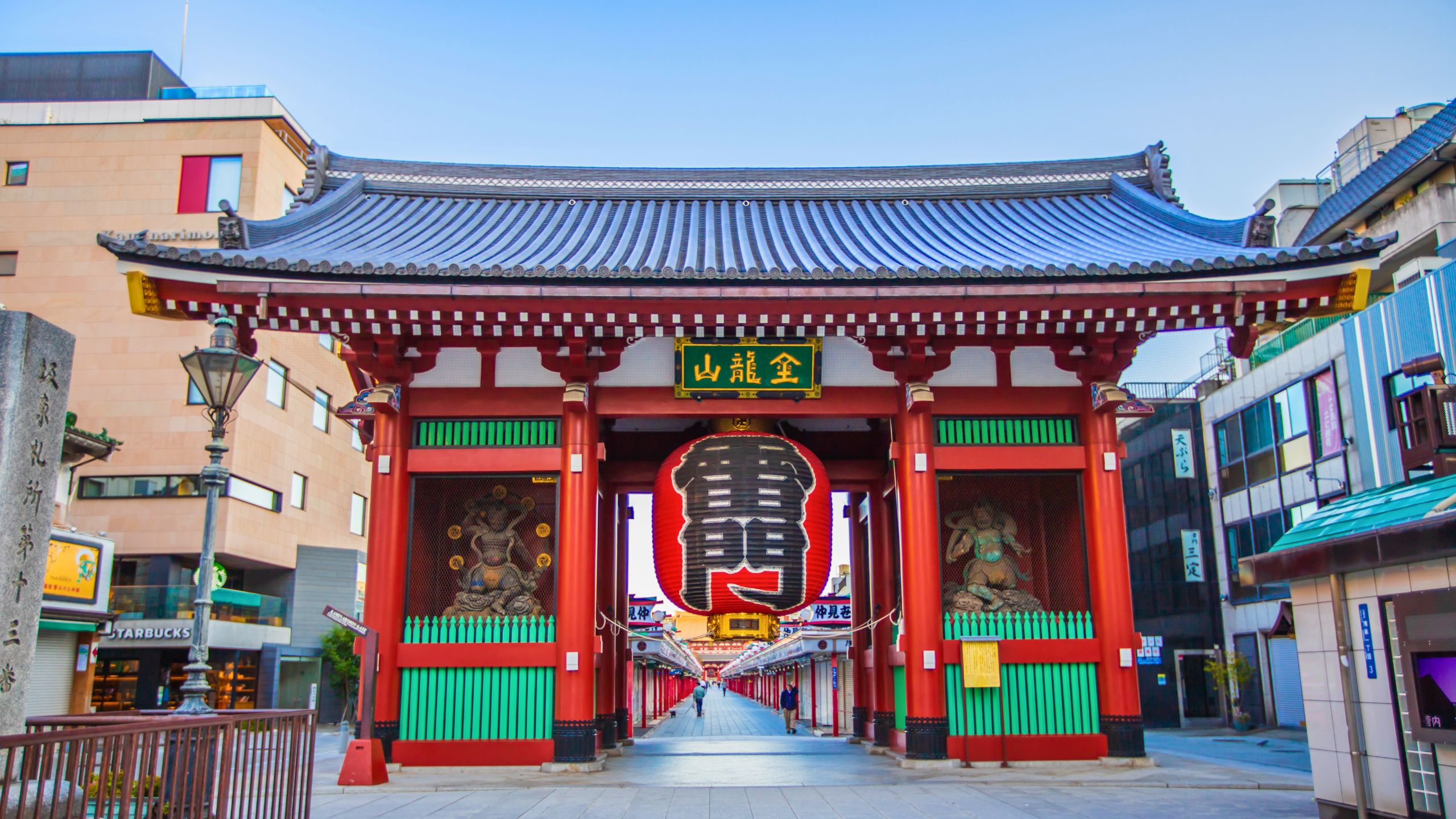Overview
Sensō-ji, located in Asakusa, Tokyo, is the city’s oldest and most famous Buddhist temple. Established in 645 AD, it attracts millions of visitors each year. The temple is dedicated to Kannon, the goddess of mercy, and features the iconic Kaminarimon Gate with its massive red lantern. The approach to the main hall, known as Nakamise Street, is lined with shops selling traditional snacks and souvenirs. Sensō-ji offers a perfect blend of historical charm and cultural vibrancy, making it a must-visit destination for anyone exploring Tokyo.
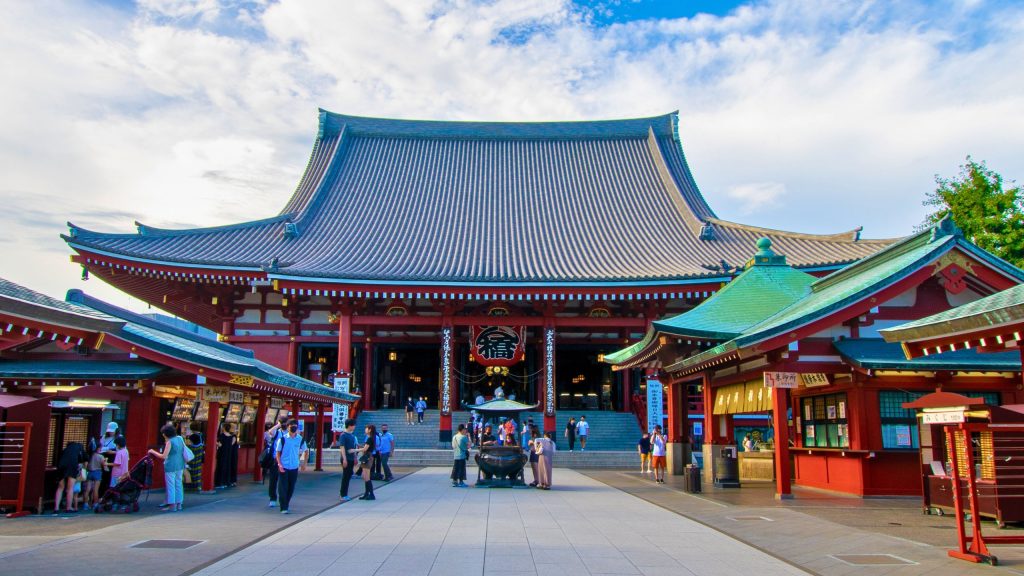
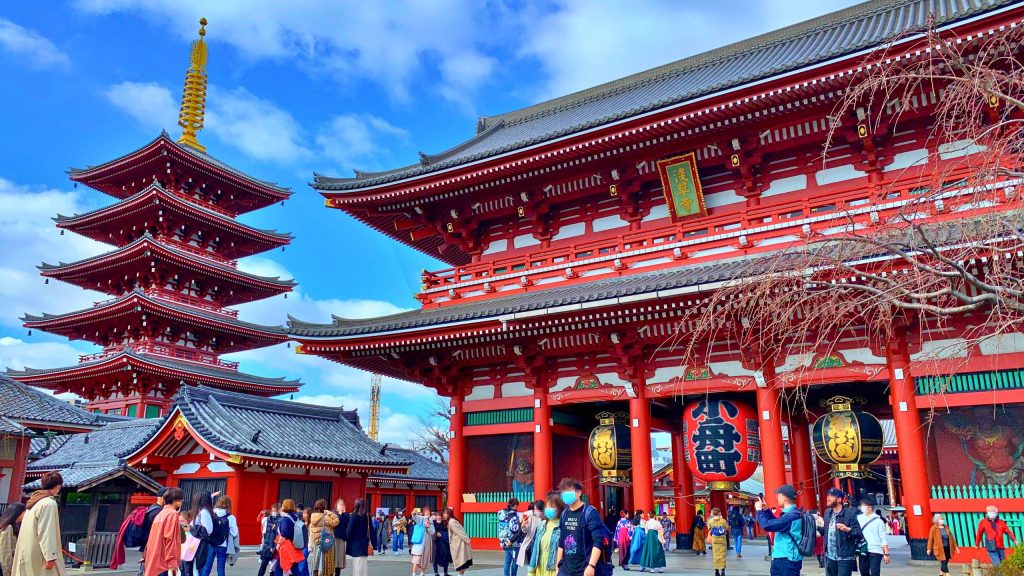

A Fusion of Traditional and Modern Architecture
Sensō-ji’s architecture is a stunning blend of traditional Buddhist temple design and modern reconstructions. The main hall, originally built in the 7th century, has been reconstructed multiple times, most recently after World War II. The five-story pagoda adds to the temple’s grandeur, while the vibrant red and gold colors symbolize protection and prosperity. The temple grounds are beautifully illuminated at night, offering a magical experience for visitors.
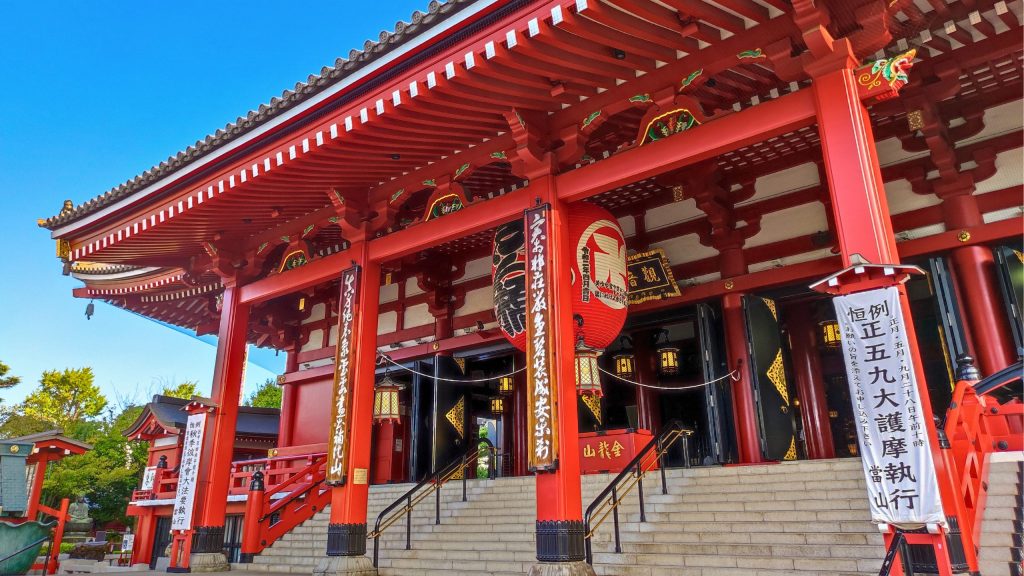
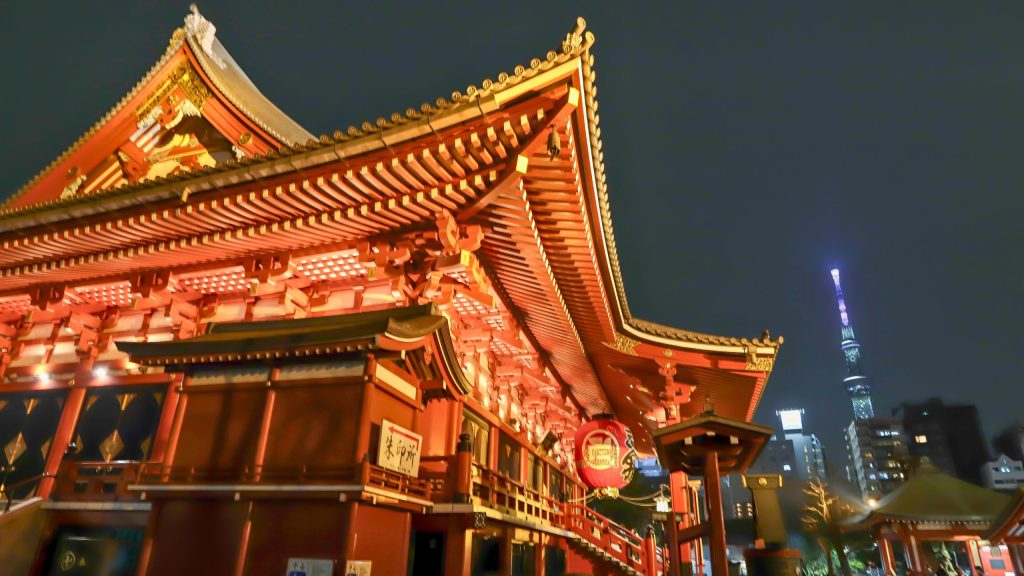
What Makes Sensō-ji Special?
What sets Sensō-ji apart is its lively atmosphere. Unlike many temples known for their serene ambiance, Sensō-ji is always bustling with visitors, street performances, and traditional festivals. The omikuji fortune-telling draws crowds eager to see their fate, while the temple’s incense burner is believed to bring good luck. The surrounding Asakusa district retains an old-world charm, giving visitors a glimpse into historic Tokyo.
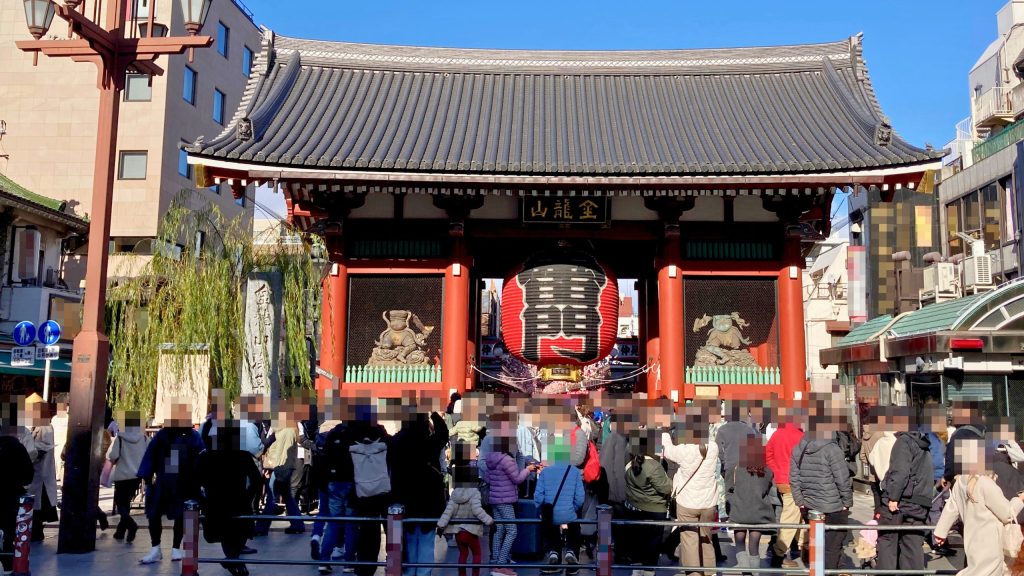

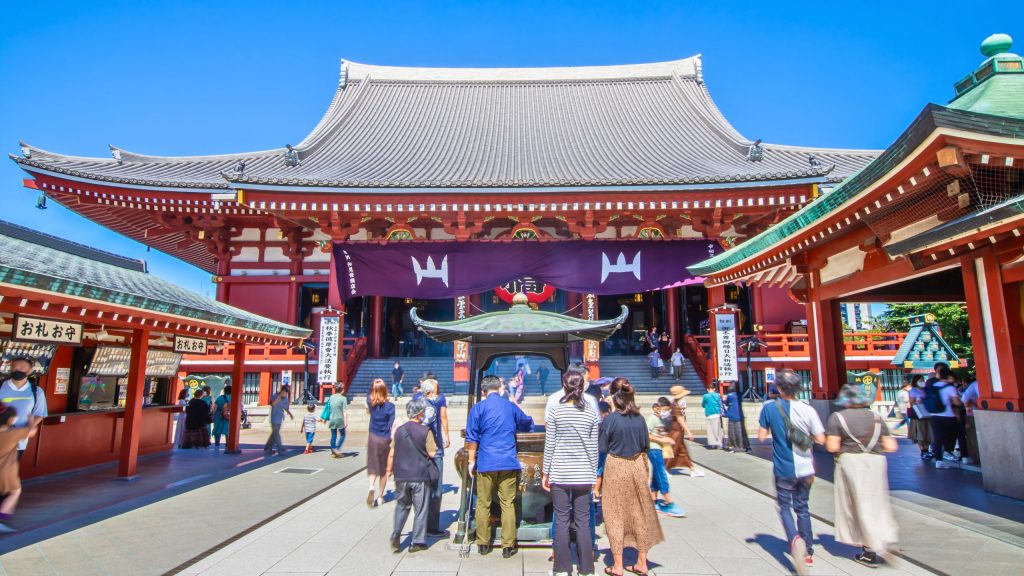
A Legacy of Nearly 1,400 Years
Sensō-ji has a history that dates back nearly 1,400 years. According to legend, two fishermen discovered a small golden statue of Kannon in the Sumida River in 628 AD. A local chief recognized its significance and built a temple to enshrine it. Since then, Sensō-ji has survived fires, earthquakes, and wars, continuously serving as a spiritual and cultural landmark in Japan.
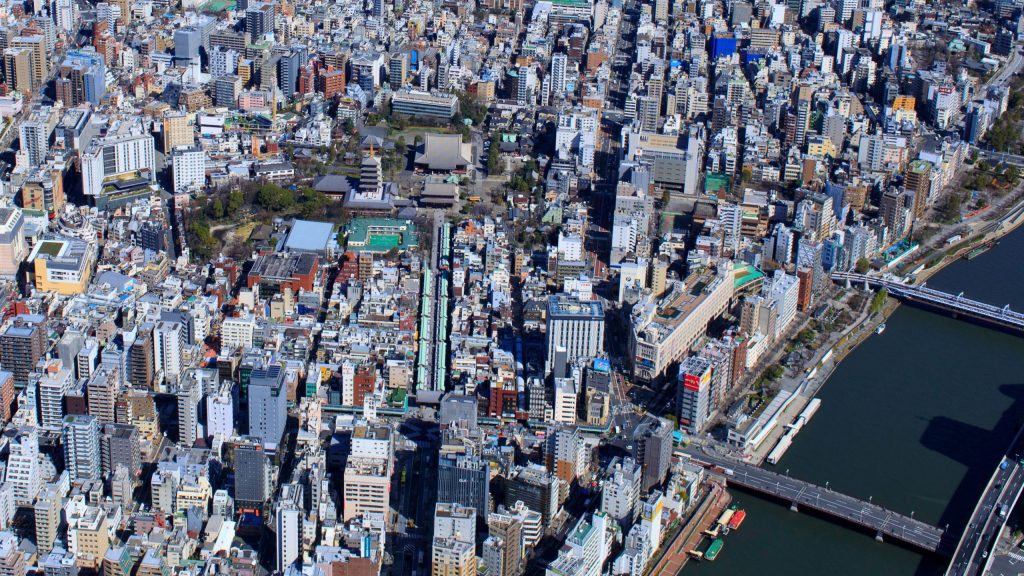
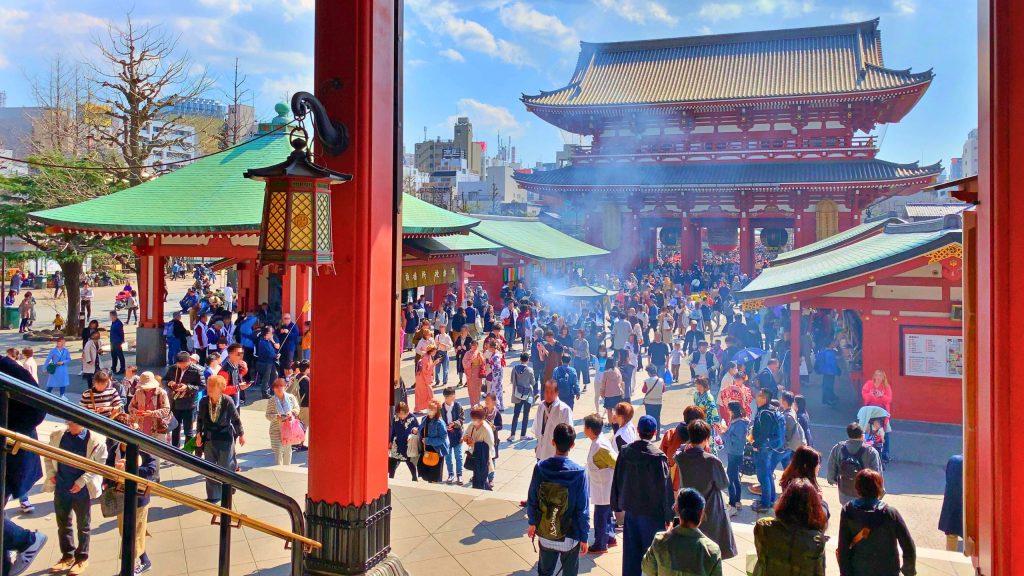
Annual Events
Sensō-ji hosts a variety of traditional festivals throughout the year, attracting visitors from around the world.
- Sanja Matsuri (May) – One of Tokyo’s biggest festivals, featuring lively parades and portable shrines.
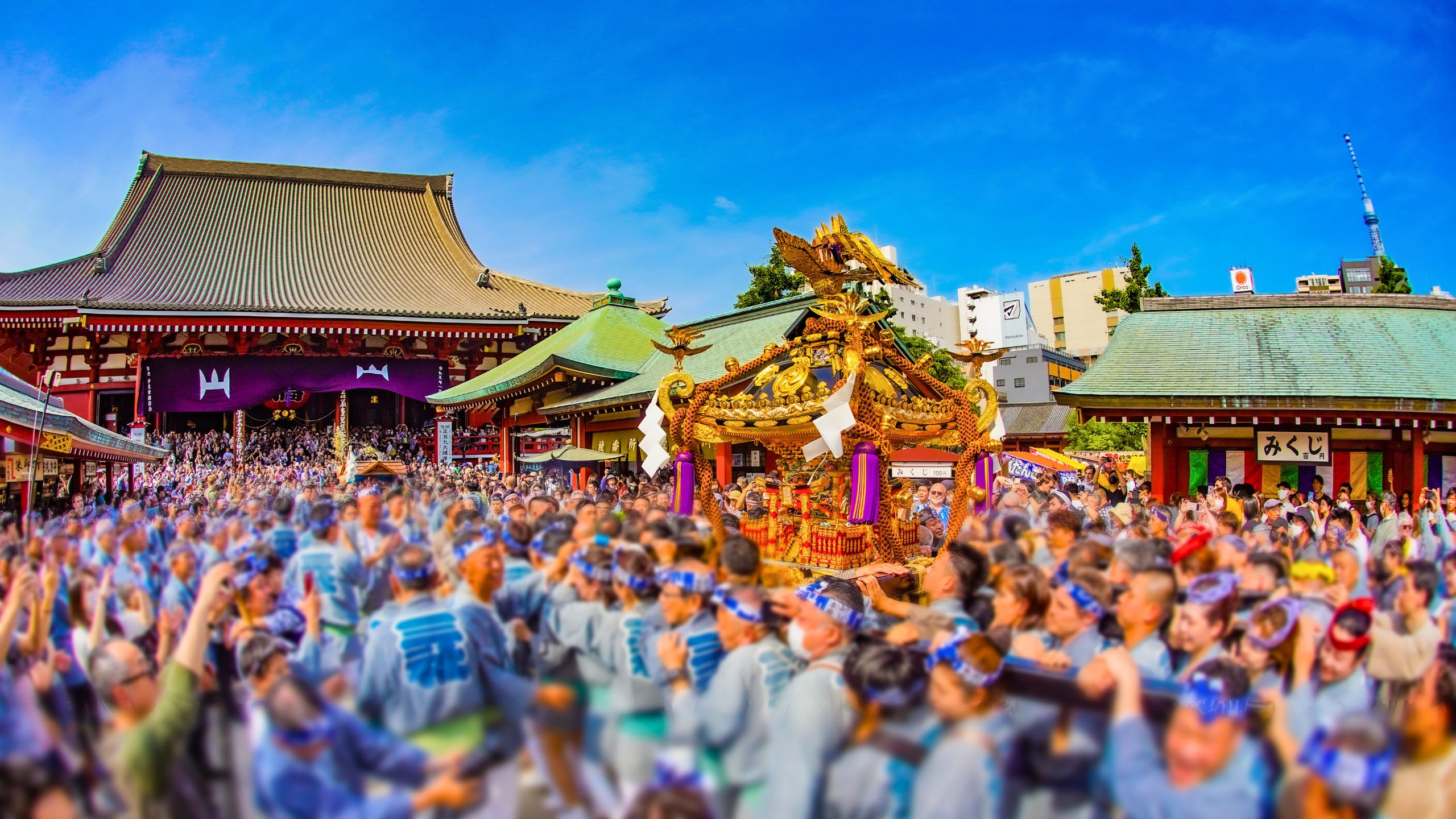
- Hōzuki Market (July) – A summer event where visitors buy hōzuki (Chinese lantern plants) as good luck charms.
- Asakusa Samba Carnival (August) – A unique fusion of Japanese and Brazilian culture with vibrant samba performances.
- Hagoita Market (December) – A New Year’s tradition where decorated wooden paddles are sold as lucky charms.
Local Food & Souvenirs
Asakusa is a paradise for food lovers and shoppers, offering a variety of traditional snacks and unique souvenirs.
- Ningyo-yaki – Small sponge cakes filled with sweet red bean paste, shaped like temple-related figures.
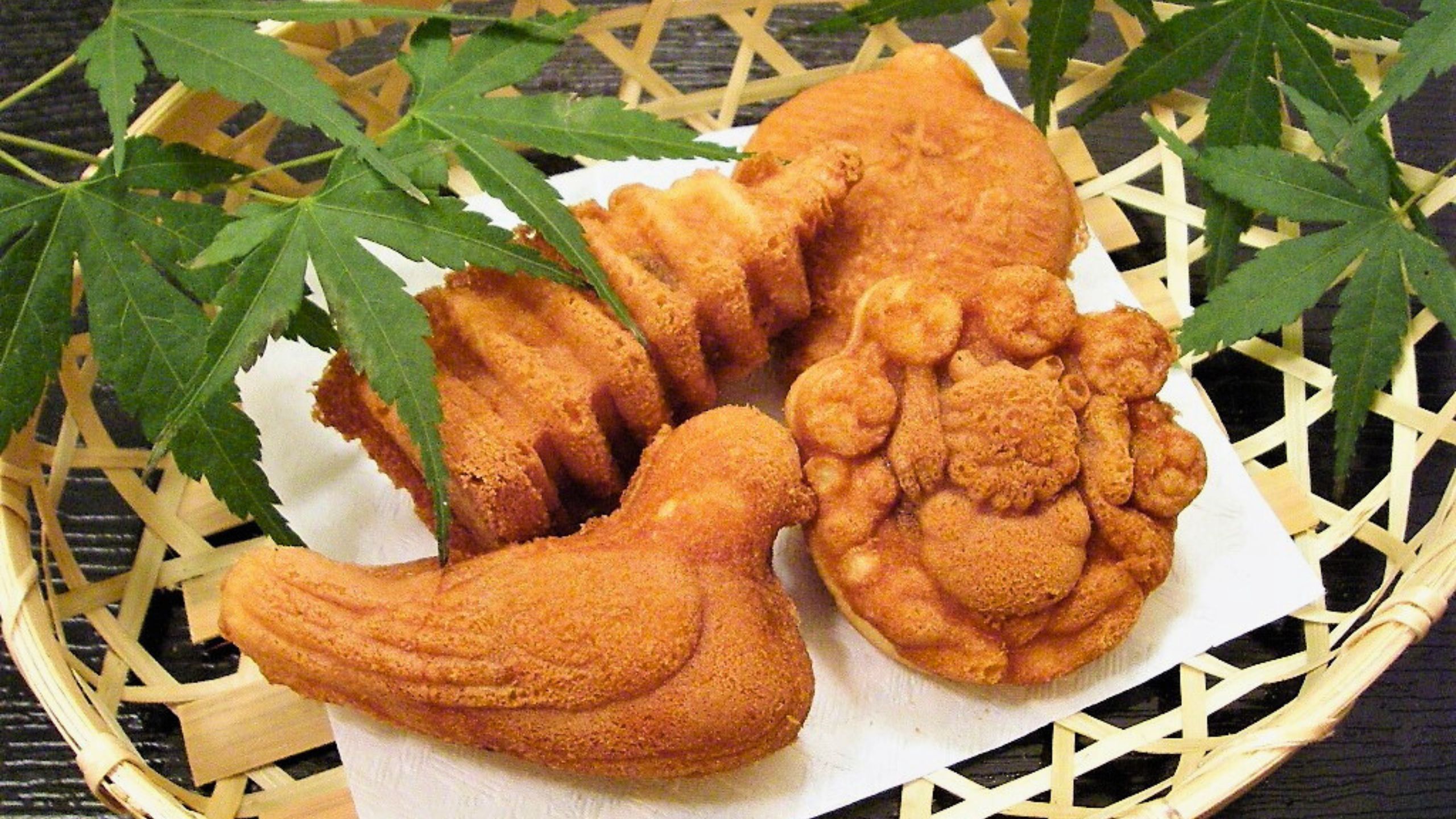
- Senbei – Crispy Japanese rice crackers, available in different flavors.
- Menchi Katsu – A deep-fried minced meat cutlet, a popular street food.
- Yukata & Kimono Shops – Stores selling traditional Japanese clothing.
- Handmade Fans & Japanese Crafts – Elegant souvenirs perfect for gifts.
Access
- By Train: 5-minute walk from Asakusa Station (Ginza Line, Asakusa Line, Tobu Line, Tsukuba Express).
- By Bus: Accessible via Tokyo’s sightseeing buses and local routes.
- By Water Bus: Sumida River Cruise connects Asakusa with Odaiba and Hamarikyu Gardens.
- By Taxi: About 15 minutes from Tokyo Station.
2-3-1 Asakusa, Taito City,
Tokyo 111-0032, Japan

